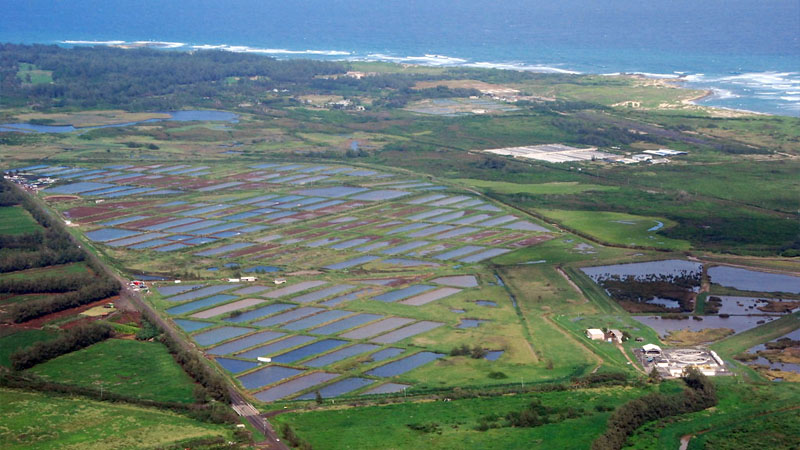Exclusive content

As toxic gases pose a significant challenge for shrimp farmers, impacting their growth and development. Ammonia (NH3), nitrite (NO2), and hydrogen sulfide (H2S) are the most prevalent culprits, impeding oxygen intake, causing stress, and making shrimp susceptible to diseases. Leftover food, shrimp waste, and various pond design factors contribute to the production of toxic gases, creating a hostile environment for shrimp farming.
Leftover food during shrimp feeding accumulates at the pond’s bottom, releasing proteins that consume oxygen and generate toxic gases. Shrimp waste, comprising around 70% of uneaten food, exacerbates the issue as larger shrimp produce more waste, leading to elevated toxic gas levels. Dead algae, plankton, insects, and decomposed shrimp shells further contribute to the toxic gas dilemma.
Pond design flaws, such as inadequate drainage and ineffective fan systems, contribute to waste accumulation, fostering toxic gas production. Polluted water sources containing dead plants, decomposed animal carcasses, and excess fertilizer contribute to the problem. Rainfall can exacerbate the situation, introducing toxic gases to the shrimp pond.
Sand-lined ponds and those on alum soil face unique challenges, with anaerobic decomposition in sand bottoms producing hydrogen sulfide. Low pH in alum soil contributes to H2S production when organic matter increases.
According to experts, farmers must adhere to specific measures to combat toxic gas outbreaks. Pond renovation, including mud and dirt removal, is essential. An automatic siphon system aids in regular waste removal. Proper shrimp density management, effective food control, routine water changes, and ensuring sufficient dissolved oxygen content are crucial. Additionally, farmers should stabilize alkalinity and pH, maintain stable algae density, and regularly use microorganisms and enzymes to treat the environment.
Monitoring environmental indicators daily helps farmers take effective measures promptly. In case of high toxic gas content, reducing food intake, siphoning pond bottoms, changing water multiple times, and using oxygen-promoting additives become essential. Aerating at full capacity and employing microbial products for waste treatment prove vital in restoring a healthy pond environment for shrimp farming.